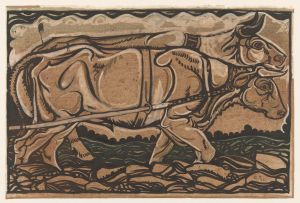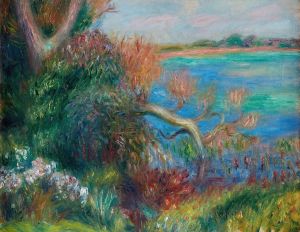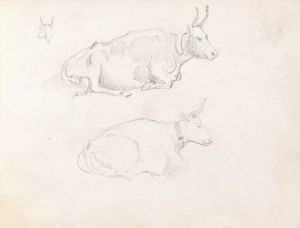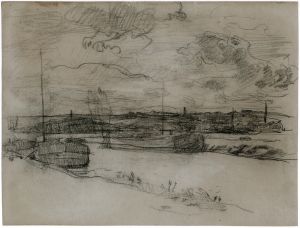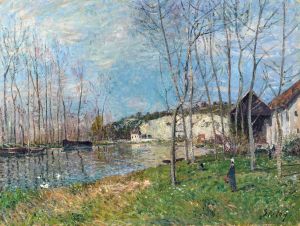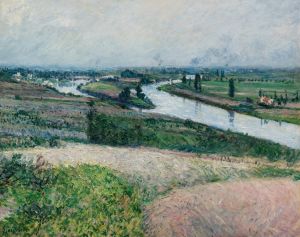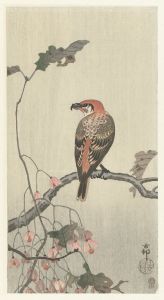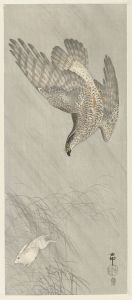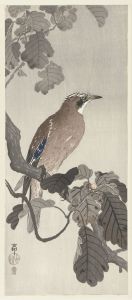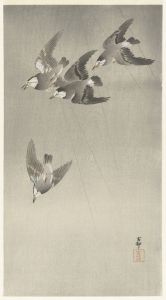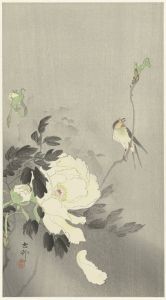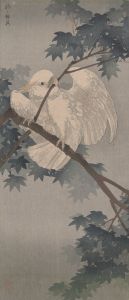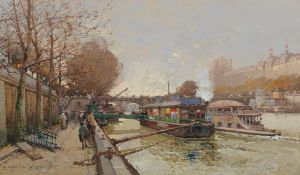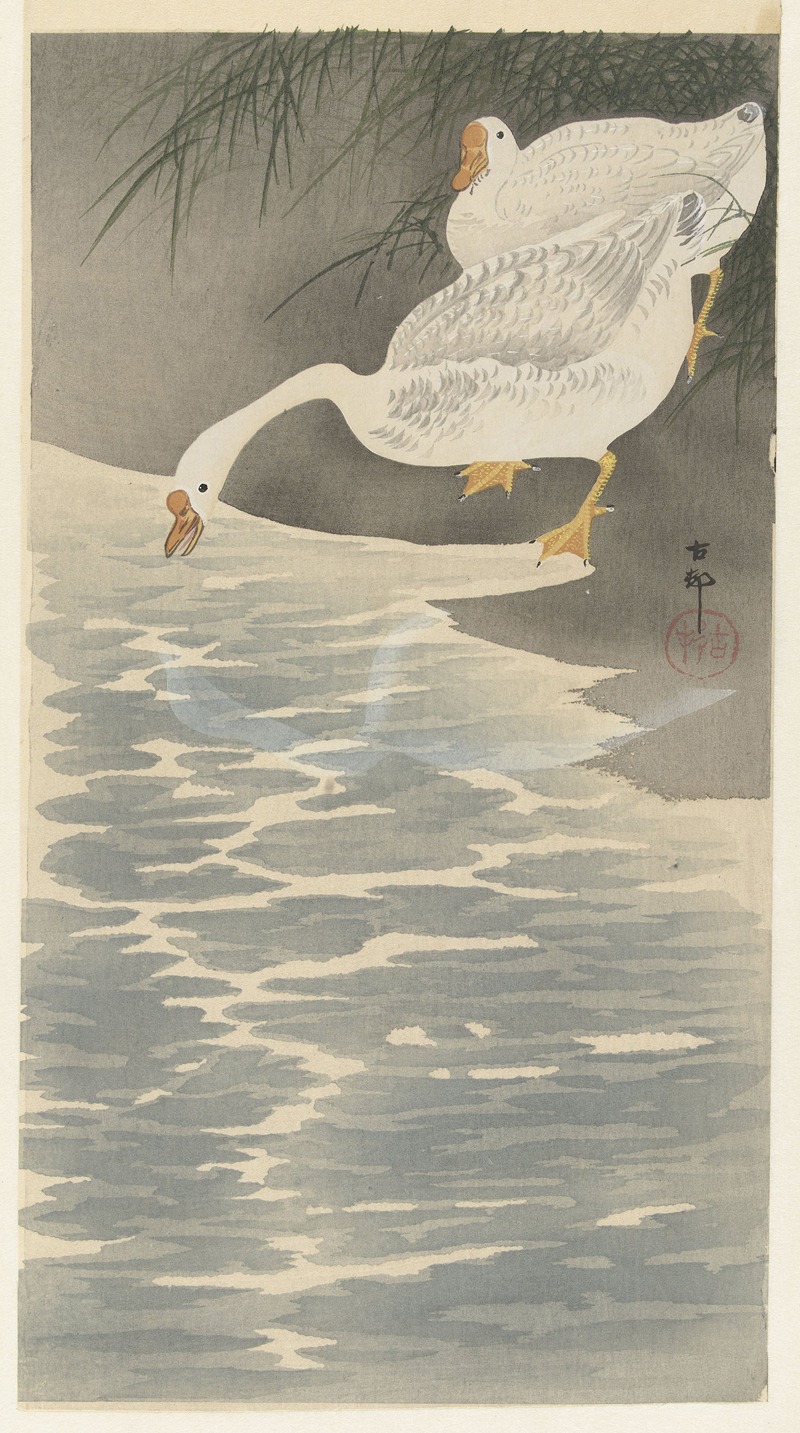
Geese on the bank
A hand-painted replica of Ohara Koson’s masterpiece Geese on the bank, meticulously crafted by professional artists to capture the true essence of the original. Each piece is created with museum-quality canvas and rare mineral pigments, carefully painted by experienced artists with delicate brushstrokes and rich, layered colors to perfectly recreate the texture of the original artwork. Unlike machine-printed reproductions, this hand-painted version brings the painting to life, infused with the artist’s emotions and skill in every stroke. Whether for personal collection or home decoration, it instantly elevates the artistic atmosphere of any space.
Ohara Koson (1877–1945) was a prominent Japanese artist known for his exquisite woodblock prints, particularly those depicting birds and flowers, a genre known as kachō-e. His work is celebrated for its delicate beauty, attention to detail, and the ability to capture the essence of his subjects with a sense of tranquility and elegance.
"Geese on the Bank" is one of Koson's notable works, exemplifying his mastery in portraying avian subjects within their natural habitats. This piece, like many of Koson's works, is a woodblock print, a traditional Japanese art form that involves carving an image into a wooden block, applying ink, and then pressing it onto paper. This technique allows for the creation of multiple copies of the same artwork, making it accessible to a wider audience.
Koson's prints often feature a harmonious blend of colors and a keen observation of nature, which is evident in "Geese on the Bank." The composition typically includes a serene landscape setting, with geese depicted in a naturalistic manner, showcasing their graceful forms and behaviors. The background and surrounding elements are usually rendered with subtlety, enhancing the focus on the birds themselves.
Koson's work was part of the shin-hanga ("new prints") movement, which emerged in the early 20th century as a revival of traditional ukiyo-e art. This movement sought to adapt traditional Japanese woodblock printing techniques to appeal to both domestic and international audiences. Koson's prints gained popularity not only in Japan but also in the West, where there was a growing fascination with Japanese art and culture during the early 20th century.
The artist's ability to convey the delicate interplay between light and shadow, as well as his meticulous attention to the textures of feathers and foliage, are hallmarks of his style. In "Geese on the Bank," these elements come together to create a scene that is both tranquil and dynamic, capturing a moment in nature with a sense of immediacy and life.
Koson's work, including "Geese on the Bank," continues to be appreciated for its artistic merit and its contribution to the shin-hanga movement. His prints are held in high regard by collectors and are featured in numerous art museums and collections worldwide. They are valued not only for their aesthetic qualities but also for their representation of a significant period in the history of Japanese art.
Overall, Ohara Koson's "Geese on the Bank" is a testament to his skill as an artist and his ability to capture the beauty of the natural world through the medium of woodblock printing. His work remains influential and continues to inspire both appreciation and study among art enthusiasts and scholars.





